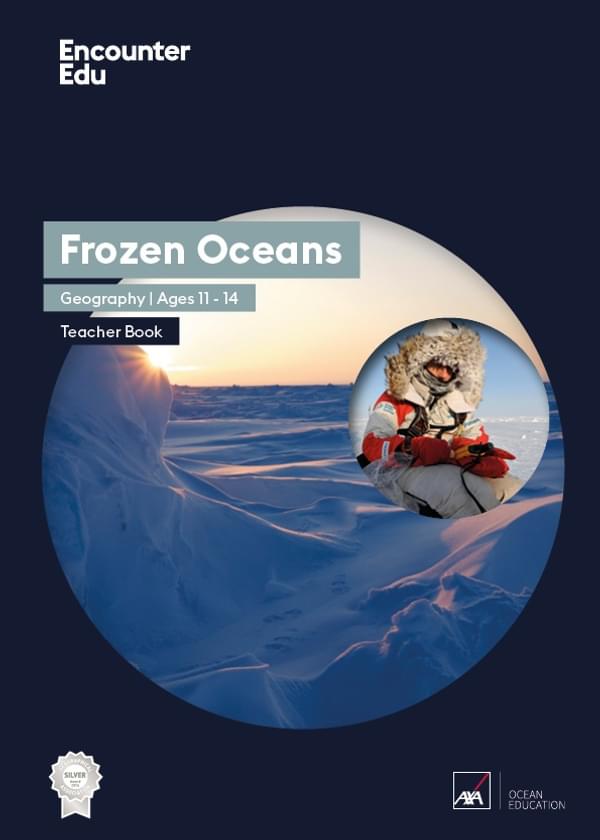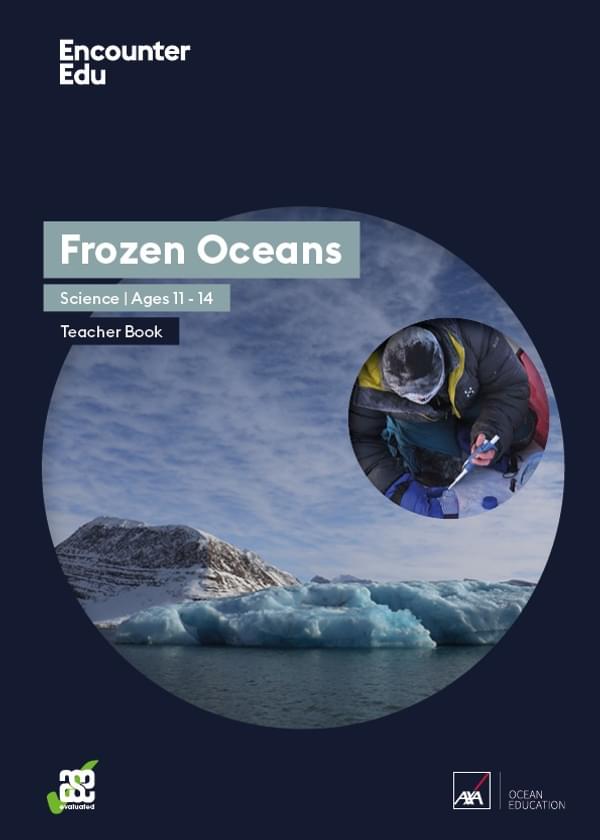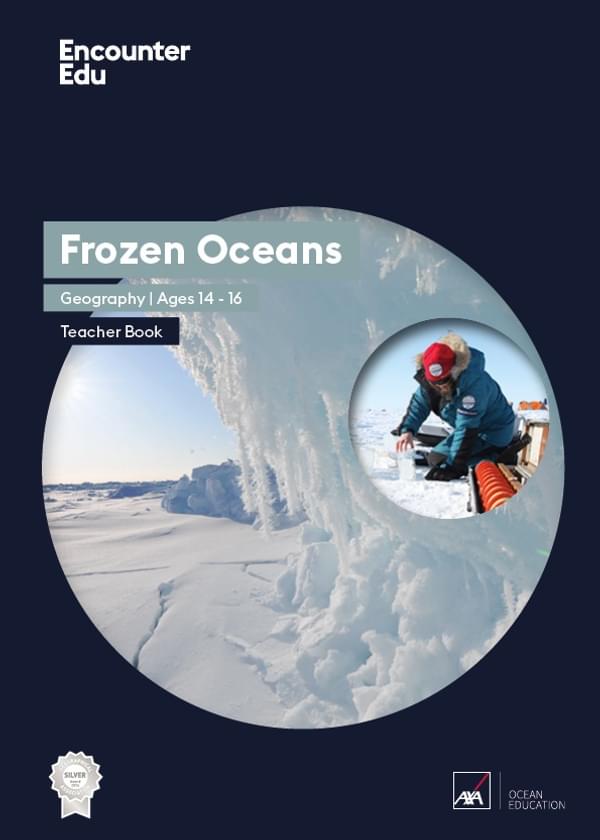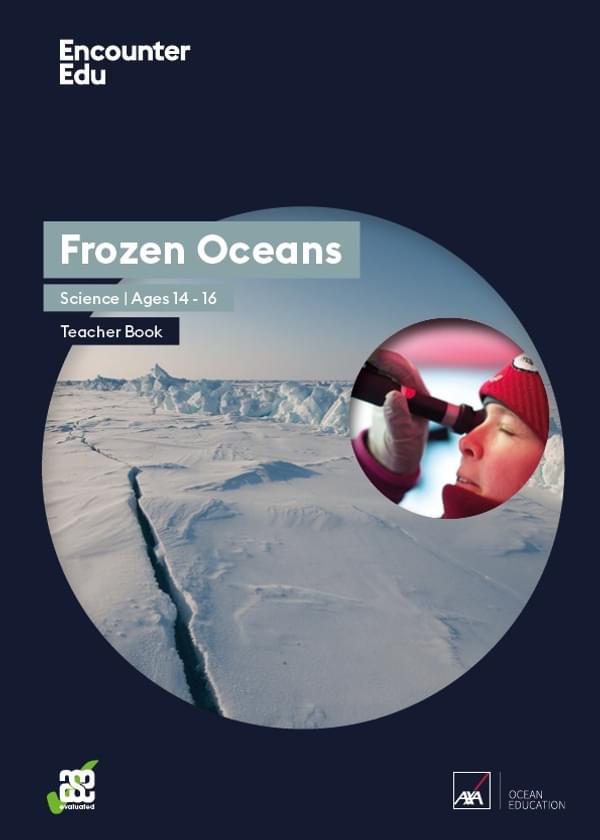Equipment used in the Arctic
One of the problems with doing science at temperatures down to minus 40 degrees is that normal equipment tends to break. The team had tried a motorised winch the year before,but it broke down. Hand winches are another alternative, but they are too slow and tiring to lower instruments hundreds of metres down into the ocean. So, the expedition came up with another alternative, a custom-built bicycle winch.
Part of:
AXA Ocean EducationBrought to you by


Geography | Ages 11-14
Frozen Oceans
The Frozen Oceans Geography resources are designed to take 11-14 year-olds on a journey to the Arctic following the expedition team of the Catlin Arctic Survey.

Science | Ages 11-14
Frozen Oceans
The Frozen Oceans Science resources introduce working scientifically concepts and skills to 11-14-year-olds through enquiry-based lessons which replicate work done by field scientists in the Arctic.

Geography | Ages 14-16
Frozen Oceans
This Frozen Oceans education resource includes two data case studies that introduce students to ocean acidification and sea ice thickness. The core of each case study are data sets from real expeditions.
